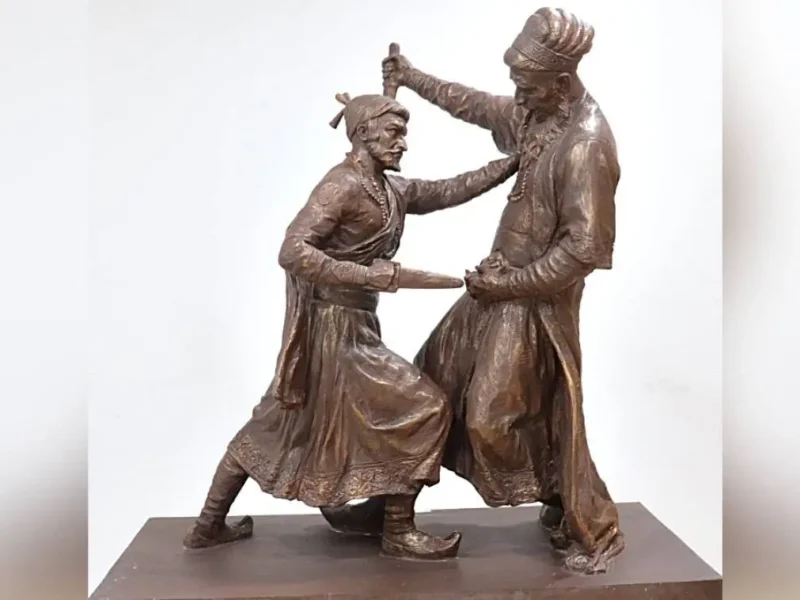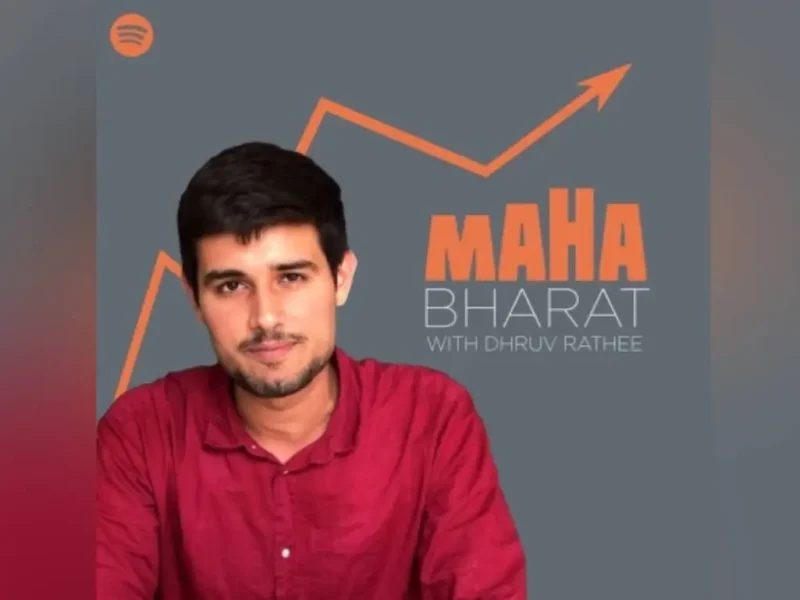
India’s Major Religious Groups Have Remained Relatively Stable Percentage-wise: Pew Research Study
File photo of Indian women holding offerings as they worship the Sun god in the waters of the Sabarmati river during the religious festival of Chhath Puja, in Ahmedabad Nov. 3, 2019. (ANI photo)
India-West Staff Reporter
The Pew Research Center Sept. 21 unveiled the findings of a study of the religious composition of India, and found that India’s population has more than tripled in the six decades following the Partition of 1947.
In that time, the population went from 361 million people in the 1951 census to more than 1.2 billion in 2011. As of 2020, India is gaining roughly 1 million inhabitants each month, putting it on course to surpass China as the world’s most populous country by 2030.
Though religious groups grew at uneven rates between 1951 and 2011, every major religion in India saw its numbers rise, according to a new Pew Research Center analysis.
Hindus increased from 304 million to 966 million, Muslims grew from 35 million to 172 million, and the number of Indians who say they are Christian rose from 8 million to 28 million, the study found.
The 3 percent of Indians who identify with religions other than Hinduism, Islam or Christianity have grown to represent tens of millions of people in the decades since independence. Sikhs, India’s fourth-largest religious group, have increased from 7 million adherents in 1951 to nearly 21 million in 2011, while remaining a consistent share of India’s population, it said.
Buddhists and Jains show a similar pattern – their numbers have doubled or tripled over the decades, while their shares have held steady, both under 1 percent, the research found.
In percentage terms, India’s six largest religious groups have remained relatively stable since Partition. The greatest shift has been a modest rise in the share of Muslims, accompanied by a corresponding decline in the share of Hindus. Between 1951 and 2011, Muslims grew by 4.4 percentage points to 14.2 percent of the population, while Hindus declined by 4.3 points to 79.8 percent.
Christians have made up between 2 percent and 3 percent of India’s population in every census since 1951. Although there are concerns that Christians may be undercounted, it is difficult to determine the extent of such an undercount and how it may be changing over time, the study found.
Growth rates have declined for all of India’s major religious groups, but the slowdown has been more pronounced among religious minorities, who outpaced Hindus in earlier decades. Between 1951 and 1961, the Muslim population expanded by 32.7 percent, 11 percentage points more than India’s overall rate of 21.6 percent, the research found.
But this gap has narrowed. From 2001 to 2011, the difference in growth between Muslims (24.7 percent) and Indians overall (17.7 percent) was 7 percentage points. India’s Christian population grew at the slowest pace of the three largest groups in the most recent census decade – gaining 15.7 percent between 2001 and 2011, a far lower growth rate than the one recorded in the decade following Partition (29.0 percent), the research center said.
Migration is one of three main mechanisms, along with fertility and conversion, that cause religious groups to shrink or expand. But since the 1950s, migration has had only a modest impact on India’s religious composition. More than 99 percent of people who live in India were also born in India. Migrants leaving India outnumber immigrants three-to-one, and religious minorities are more likely than Hindus to leave, the study found.
Religious switching, or conversion – when an individual leaves one religion for another or stops affiliating with any religion – also appears to have had a relatively small impact on India’s overall composition, with 98 percent of Indian adults still identifying with the religion in which they were raised, it said.
As a result, statistical analysis of census and survey data shows that fertility has been by far the biggest driver of the modest amount of religious change in the decades since Partition, the release noted.
India’s fertility rate has been declining rapidly in recent decades. Today, the average Indian woman is expected to have 2.2 children in her lifetime, a fertility rate that is higher than rates in many economically advanced countries like the United States (1.6) but much lower than India’s in 1992 (3.4) or 1950 (5.9), according to Pew.
Every religious group in the country has seen its fertility fall, including the majority Hindu population and Muslim, Christian, Sikh, Buddhist and Jain minority groups.
Among Indian Muslims, for example, the total fertility rate has declined dramatically, from 4.4 children per woman in 1992 to 2.6 children in 2015, the most recent year for which religion data is available from India’s National Family Health Survey, it said.
Muslims still have the highest fertility rate among India’s major religious groups, followed by Hindus at 2.1. Jains have the lowest fertility rate (1.2). The general pattern is largely the same as it was in 1992, when Muslims had the highest fertility rate at 4.4, followed by Hindus at 3.3. But the gaps in childbearing between India’s religious groups are generally much smaller than they used to be, the research said.
Population sizes over time come from India’s decennial census. The census has collected detailed information on India’s inhabitants, including on religion, since 1881.
Data on fertility and how it is related to factors like education levels and place of residence is from India’s National Family Health Survey. The NFHS is a large, nationally representative household survey with more extensive information about childbearing than the census, Pew said.
Data on migration is primarily from the United Nations Population Division. Survey responses about religious switching (or conversion) and interfaith marriage are from a Pew Research Center survey of 29,999 Indian adults conducted in late 2019 and early 2020, it said.




